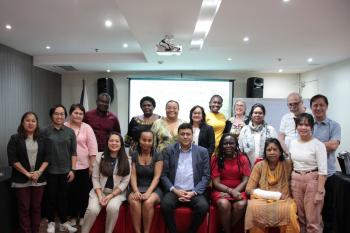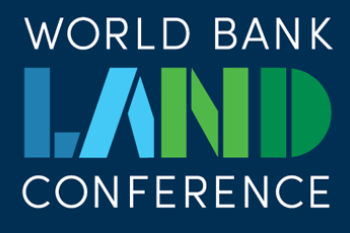Applying STDM in pro-poor, gender responsive land governance in Nepal
UN-HABITAT has been implementing the Social Tenure Domain Model (STDM) towards Pro-poor Gender Responsive Land Governance in Nepal as part of a joint project on ‘Women for Women (W4W): Access to Land for Sustainable Peace’ together with the International Organization of Migration (IOM) and UNDP. The W4W project is an empowerment initiative aimed at giving women and young girls the necessary tools to improve access to secure land tenure and as such fight poverty. Like in many developing countries, the existing Land Administration System (LAS) recognizes formally registered lands within the legal framework. In Nepal, some 41 million parcels of land are captured in the national cadaster under 11 Million owners out of a 26 Million population. Statistics show that half of the rural population, 1.6 million families in number, mainly depending on subsistence farming, are “landless or near landless”, and many of them do not have titles to the land they cultivate.
The Government through the Ministry of Land Reform and Management (MoLRM) has been engaged in solving this gap of landlessness and is working on the necessary processes to counter this phenomenon.
This project piloted STDM in Jhorahat Village Ward No-3 of Morang District, Eastern Nepal. Sixteen (16) households residing on land declared as government land were directly engaged. These people have no official record to claim existence on the particular land. The pilot was carried out in collaboration with three Ministries of the Government of Nepal; Ministry of Land Reform and Management (MoLRM), Ministry of Women, Children and Social Welfare (MoWCS) and Ministry of Peace and Reconstruction (MoPR).
Community members, government personnel, NGO’s and CBO also actively participated in a mock STDM exercise to demonstrate the practicability of STDM, which was further extended at training workshops in Morang, Nawalparasi and Surkhet districts. They were introduced to the concept, application, and usability/function of the tool and went on to participate in a practical field work by collecting spatial and non-spatial information in the workshop venue. STDM was appreciated by communities and government personnel, both as a tool and a process because of its ability to capture the people-land relationships regardless of the law or technical limitations.
For more information, please find link to major W4W outputs available at UN-Habitat Nepal website. http://unhabitat.org.np/media-center/news/w4w-nears-closing-un-habitat-hands-over-project-reports-to-nepal-government-partners/

